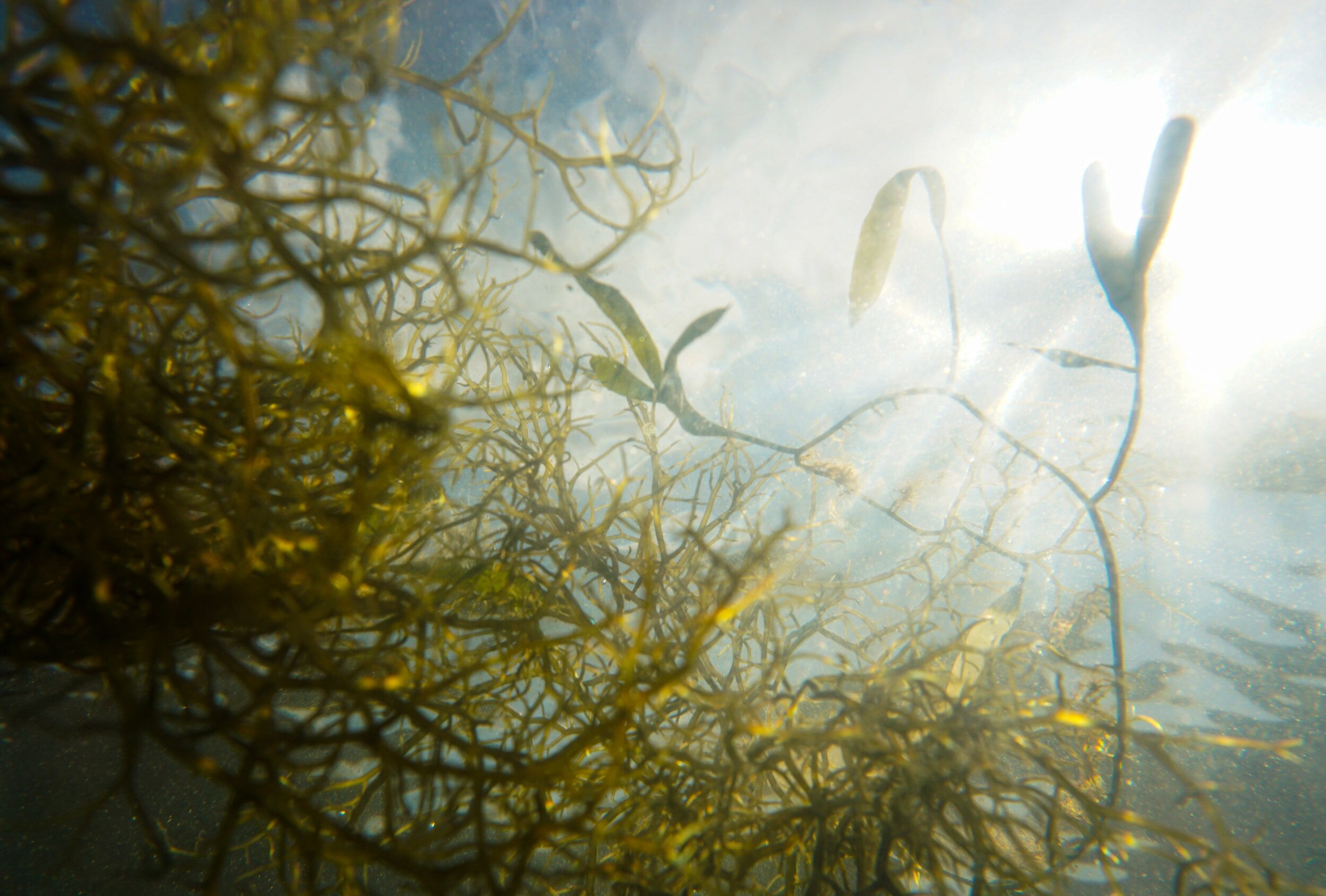3 Reasons for Pond Treatment and Why Pond Water Turns Green
Maintaining a beautiful pond can be simple with the proper techniques and knowledge. Green pond treatment can transform water issues like green water, sludge buildup, and algae growth into opportunities for creating a charming, low-maintenance haven with the right techniques and knowledge.
Everyone wants a pond; they just don't know it yet. A well-maintained pond enhances garden aesthetics, attracts wildlife like birds, frogs, and dragonflies, and contributes to the local ecosystem. If the pond filter is done correctly, there is very little work involved other than enjoying it.
If you do have a pond, are you dealing with green, dark water with lots of sludge?
Too Much Sun
A great deal of sunlight exposure causes the green water in ponds to transform from its vibrant color to a murky shade. If your pond receives more than four hours of direct sunlight per day, you are likely dealing with green water issues. To avoid green water onset, keep your pond at least 2 feet deep.
The longer it takes for the water to warm up, the longer it will turn green. When the water warms up, that is when it will turn green. One way to help prevent having green water is to have a cover over the pond or lots of water lilies to block the sun from warming the water up.
Strategic placement can also help prevent green water. Position your pond in a well-shaded area or add water lilies to provide natural shade and keep the water from warming up. Finding the ideal shaded location can be challenging, but even minor changes can significantly improve water clarity.
Fish in the Water
Maintaining clear water in ponds involves removing dark water and sludge through a pond filter system. Regular maintenance, which includes removing excess nutrients and debris, can improve water quality and prevent sludge buildup while also preventing dark water and sludge formation.
The number of square inches of fish should correspond to the size of your pond. It guarantees a healthy and clean pond habitat. Regular pond treatment, including water testing and chemical adjustments, can improve water quality and maintain a healthy environment for your fish.
Consider selling or giving away some of your fish. Upgrade your pond to match the size of your pond pump and filter with the number of fish it houses. A helpful guideline is to maintain a ratio of fish to pond size.
Stringy Algae Growth
You will always have algae growth on the gravel and rocks; it is a natural part of a pond. Algae is a plant; you just need to keep it in check and maintain it, or it will take over. There is always a chance of stringy algae growth in crystal-clear water. You can let it become a natural part of your water feature, treat it yourself, or put an IonGen on the pond that will help with the string algae.
Algae growth is a natural and necessary part of ponds, but it's crucial to maintain balance and control it. One natural method to manage stringy algae is by introducing certain types of fish, such as koi or goldfish, that feed on the algae. Manually removing the string algae from the pond can also be effective.
Regular maintenance and appropriate plant cover can help prevent excessive algae growth. With a wetland or bog, the more you load up with pond plants, the more you can keep the water cool and out of the sun. It gives the pond a better chance of having crystal-clear water.
The Magic of a Wetland Filter
Wetland filtration is a natural solution for pond water issues. It uses plants and bacteria to remove excess nutrients, improve water quality, and enhance fish ecosystems. A wetland filter or bog is highly recommended for maintaining a healthy and balanced pond environment.
It not only helps to keep the water clean but also provides a natural habitat for beneficial organisms that can benefit your fish. Additionally, incorporating a wetland filter can add aesthetic appeal to your DIY pond, creating a beautiful and serene landscape.
A well-designed wetland or bog offers numerous benefits, including minimal upkeep, a thriving ecosystem, and crystal-clear water. Its dense plant population further shades the water, maintaining a cooler temperature for a beautiful, long-lasting pond. Depending on how big your pond is, the fish load, and how much you feed your fish, you will need to go with the water feature. It is definitely an investment that will pay off in the long run.
Key Takeaway
Careful planning, thoughtful design, and shrewd tactics are necessary to maintain a tranquil pond. Techniques like shading, wetland filtration, and algae management create a visually appealing outdoor oasis, promoting a healthy aquatic ecosystem through the introduction of algae-eating fish.
Pond owners can enjoy clear water, maintain balance, and ensure sustainability by implementing methods and regular maintenance to maintain a thriving habitat for plants and wildlife. Consider a wetland filter for sludge removal in your garden pond.
Let’s get in touch!





